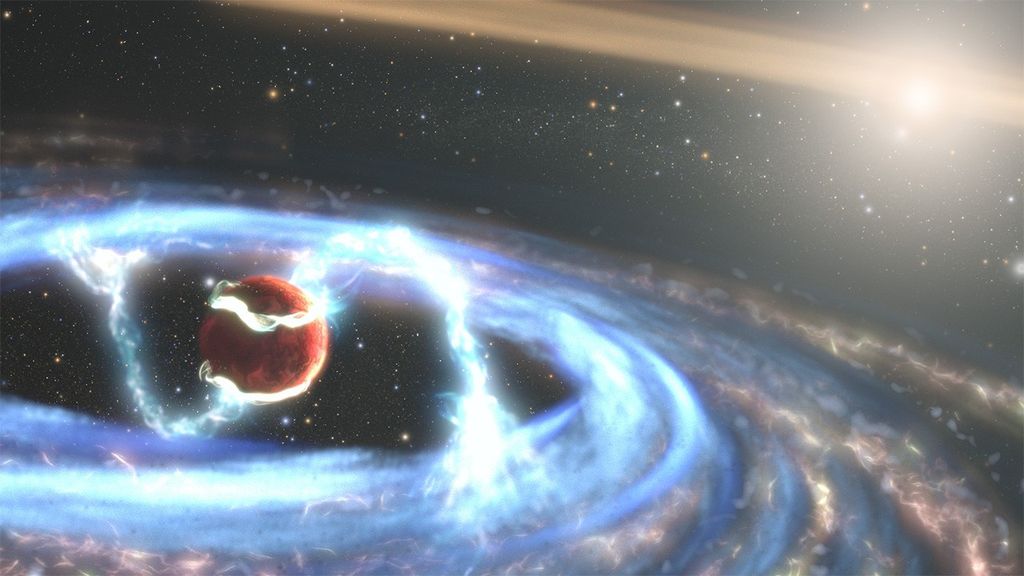
Space Shuttle Projects
The Space Shuttle Orbiter Columbia STS-107 mission, launched January 16, 2003, is strictly a multidiscipline microgravity and Earth science research mission involving 80-plus International experiments tp be performed during 16-days, many of which will be managed by the Marshall Space Flight Center in Huntsville, Alabama. The majority of the research will be conducted in the Shuttle's middeck, the area directly under the cockpit, and in the new SPACEHAB Research Double Module. This is the first flight for that module, which doubles the volume available for experiments and significantly increases the amount and complexity of research from the last dedicated Shuttle science mission, STS-95, flown in 1998 with a single SPACEHAB module. The pressurized module is carried in Columbia's payload bay and is accessible to the crew via a turnel from the Shuttle's middeck. This onboard photo shows the SPACEHAB Research Double Module in Columbia's payload bay, back dropped by the shuttle vertical stabilizer, the blackness of space, and a thin slice of Earth's horizon. The first shuttle mission in 2003, the STS-107 mission marks the 113th flight overall in NASA's Space Shuttle program, and the 28th flight of the Space Shuttle Orbiter Columbia.
- X
























